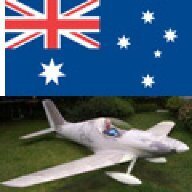-
Posts
1,412 -
Joined
-
Last visited
-
Days Won
9

pylon500 replied to skellywelly's topic in Just Landed - Welcome

pylon500 replied to skellywelly's topic in Just Landed - Welcome

pylon500 replied to skippydiesel's topic in Aircraft General Discussion

pylon500 replied to skippydiesel's topic in Aircraft General Discussion

pylon500 replied to skippydiesel's topic in Aircraft General Discussion

pylon500 replied to skippydiesel's topic in Aircraft General Discussion

pylon500 replied to skippydiesel's topic in Aircraft General Discussion

pylon500 replied to skippydiesel's topic in Aircraft General Discussion

